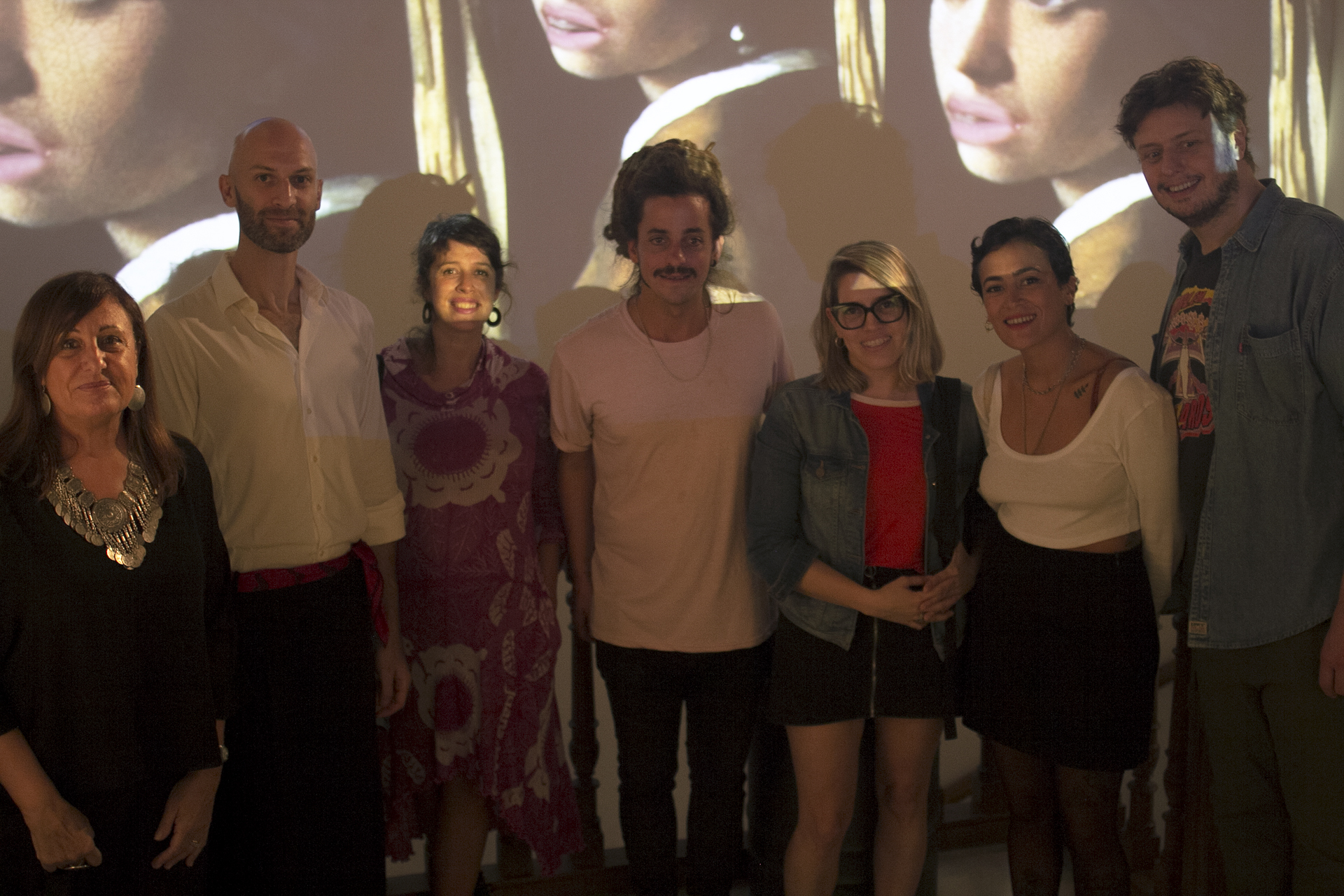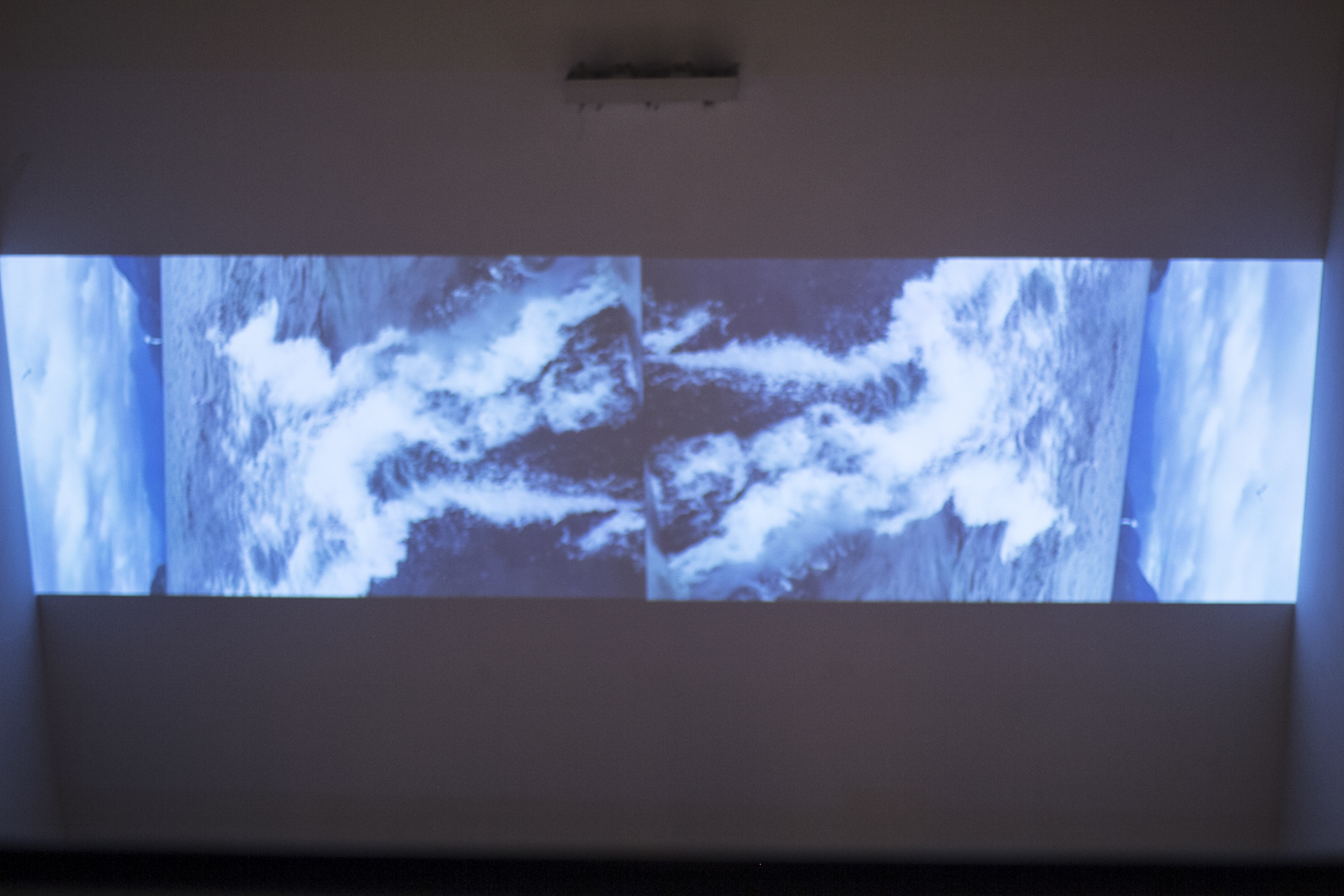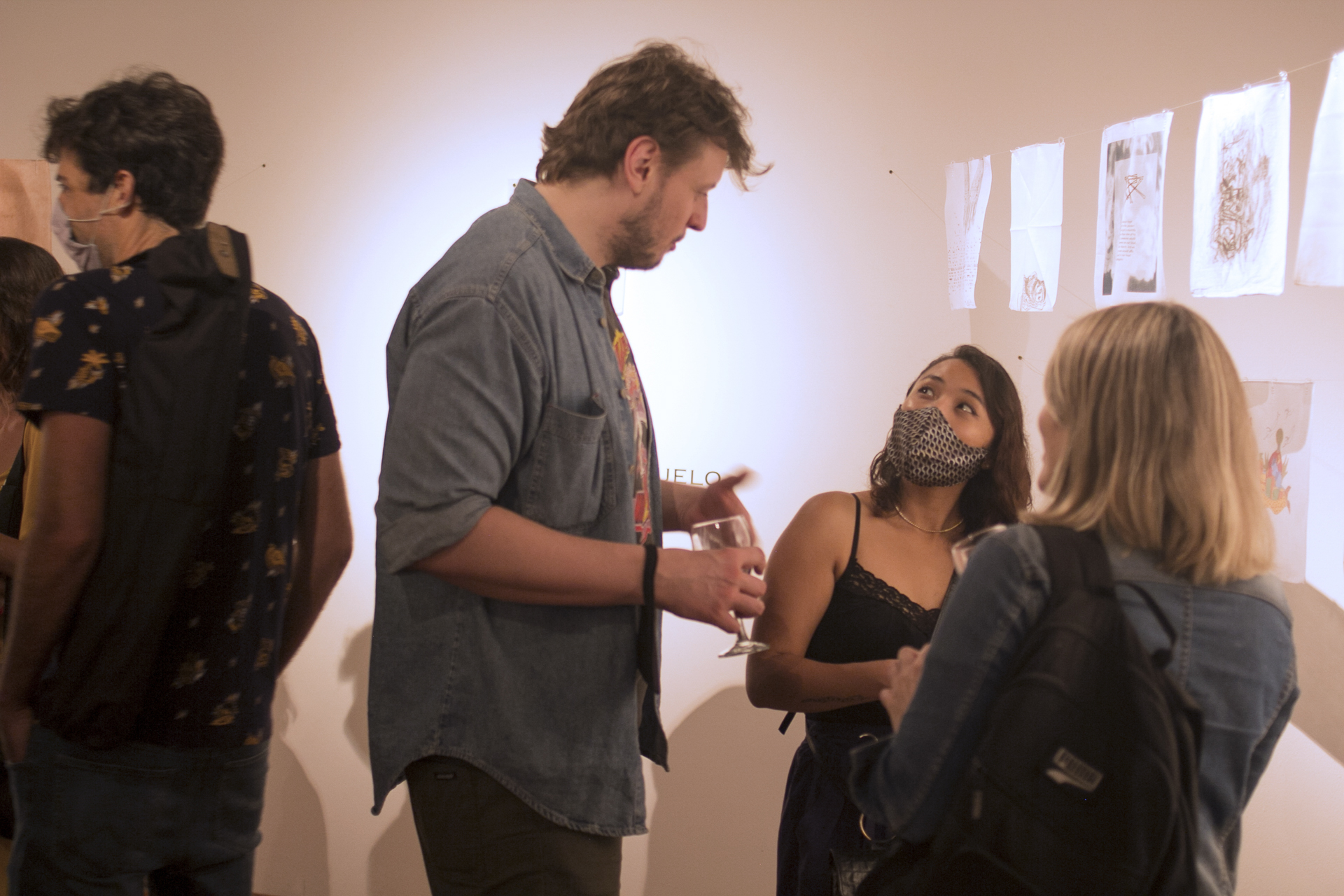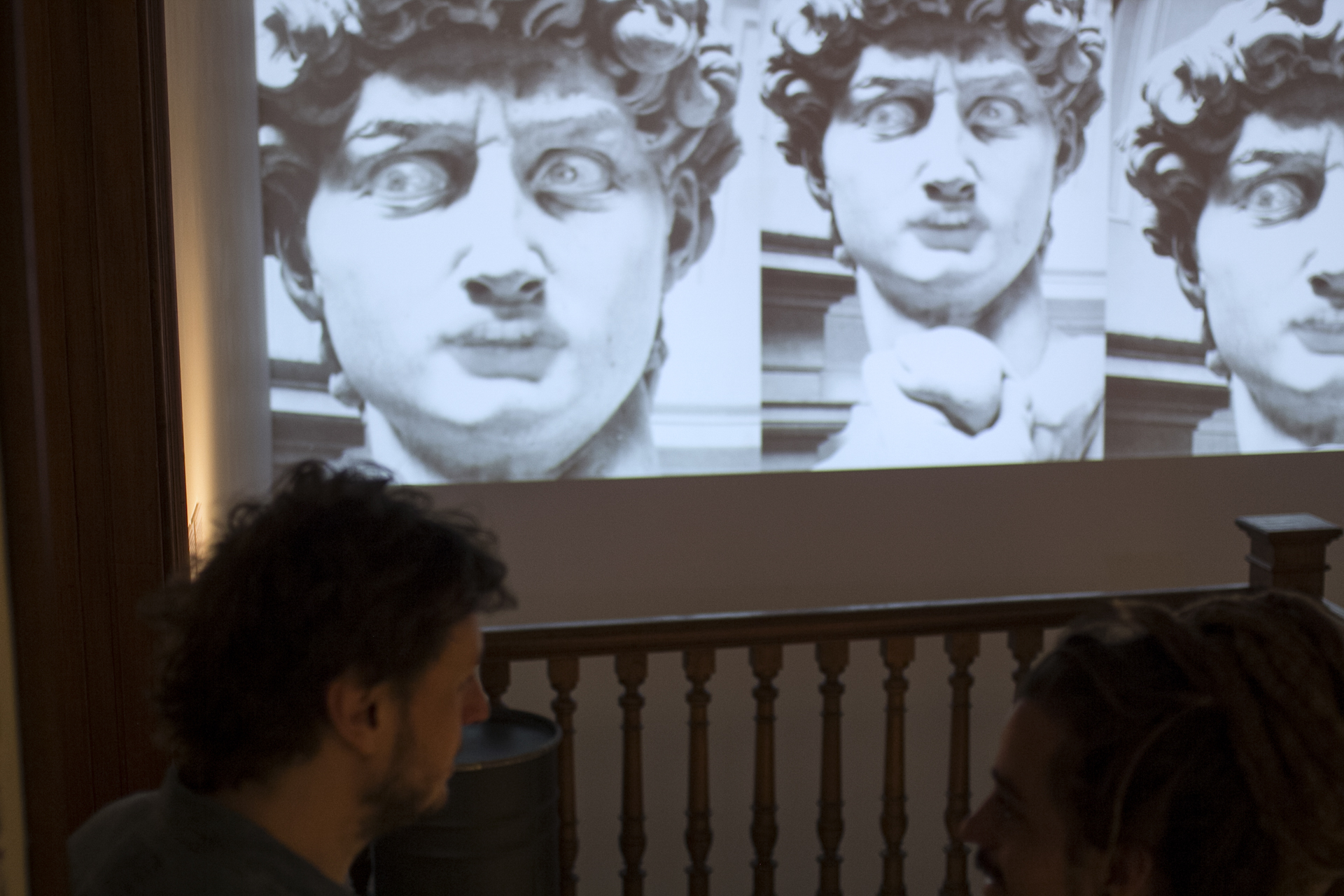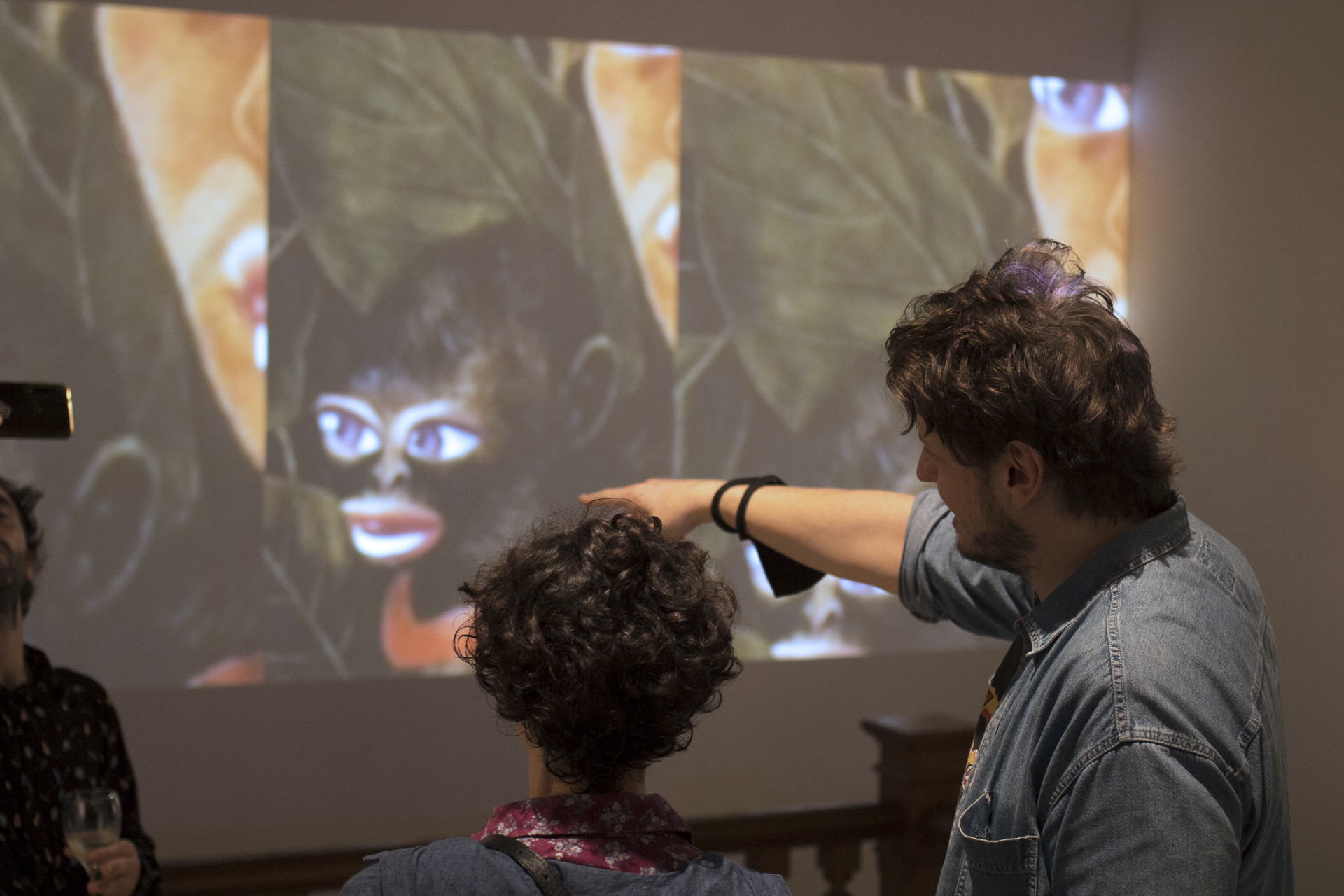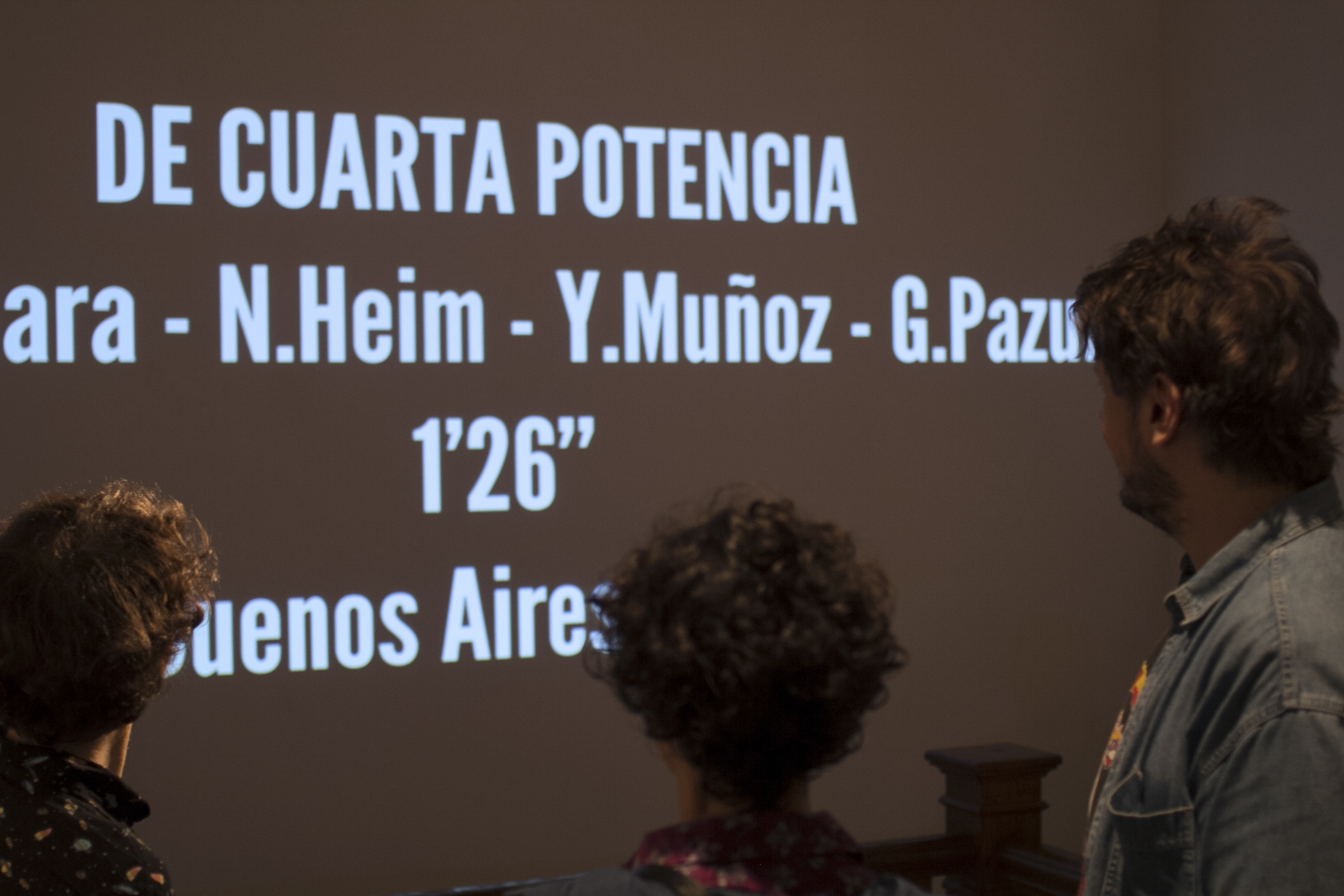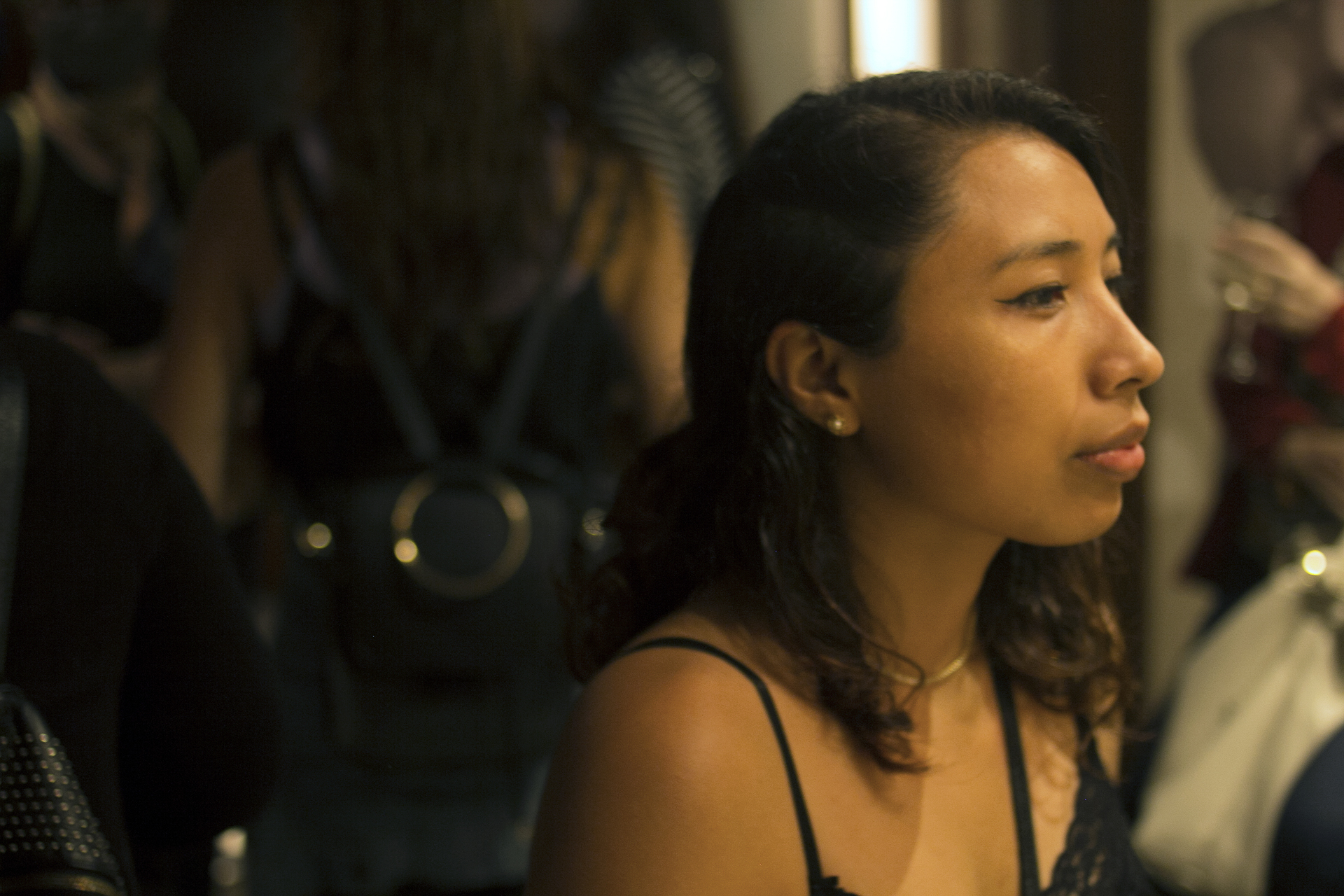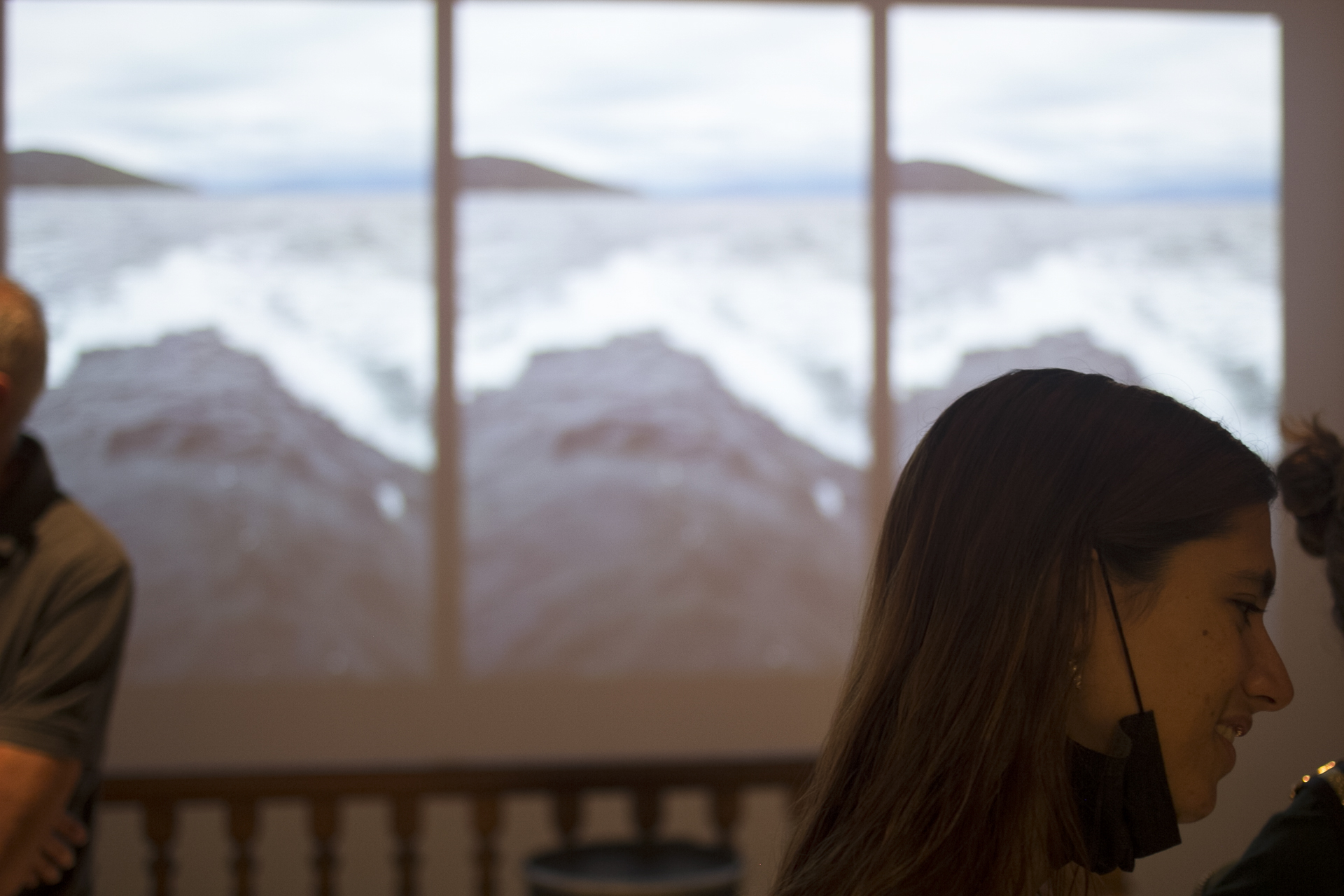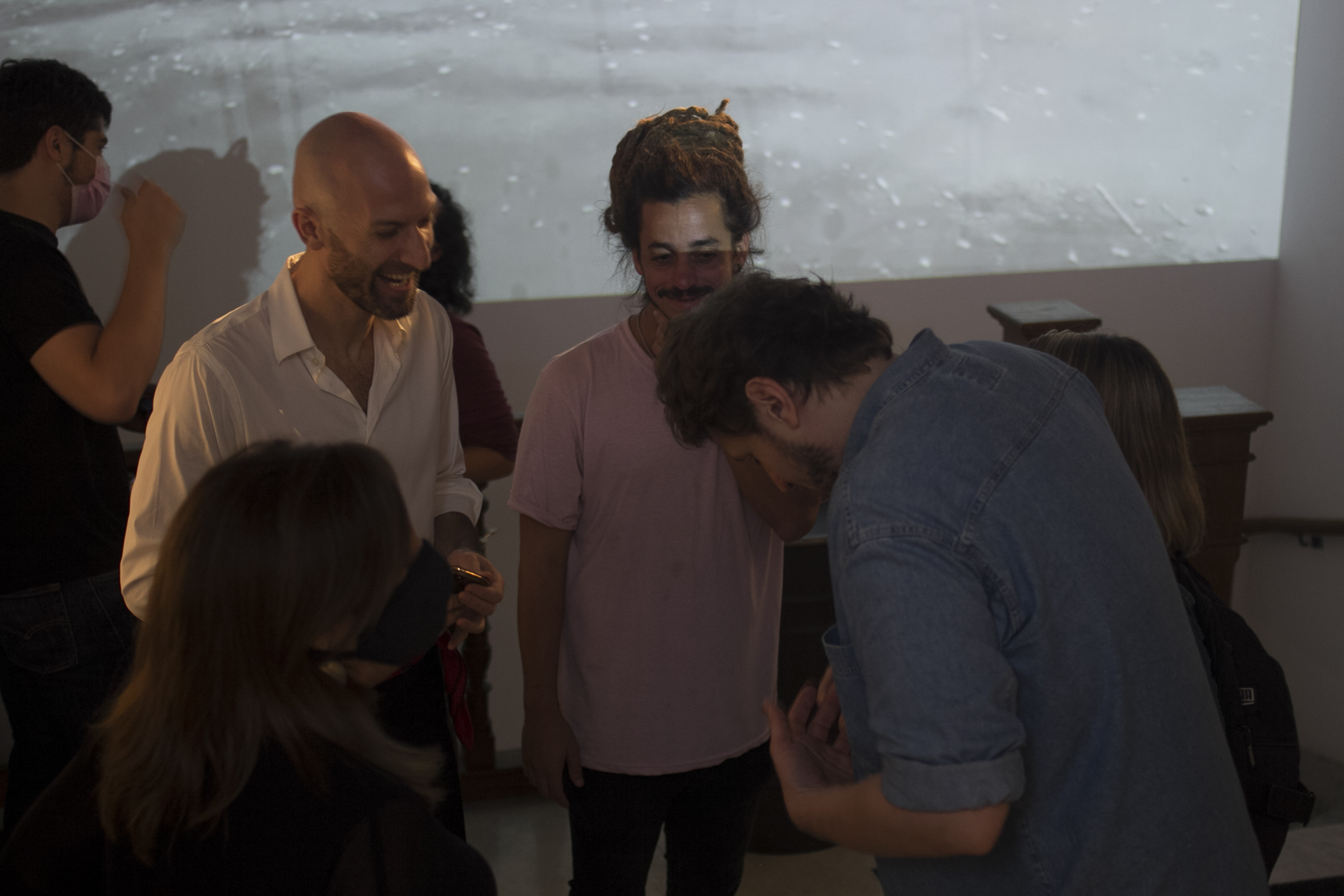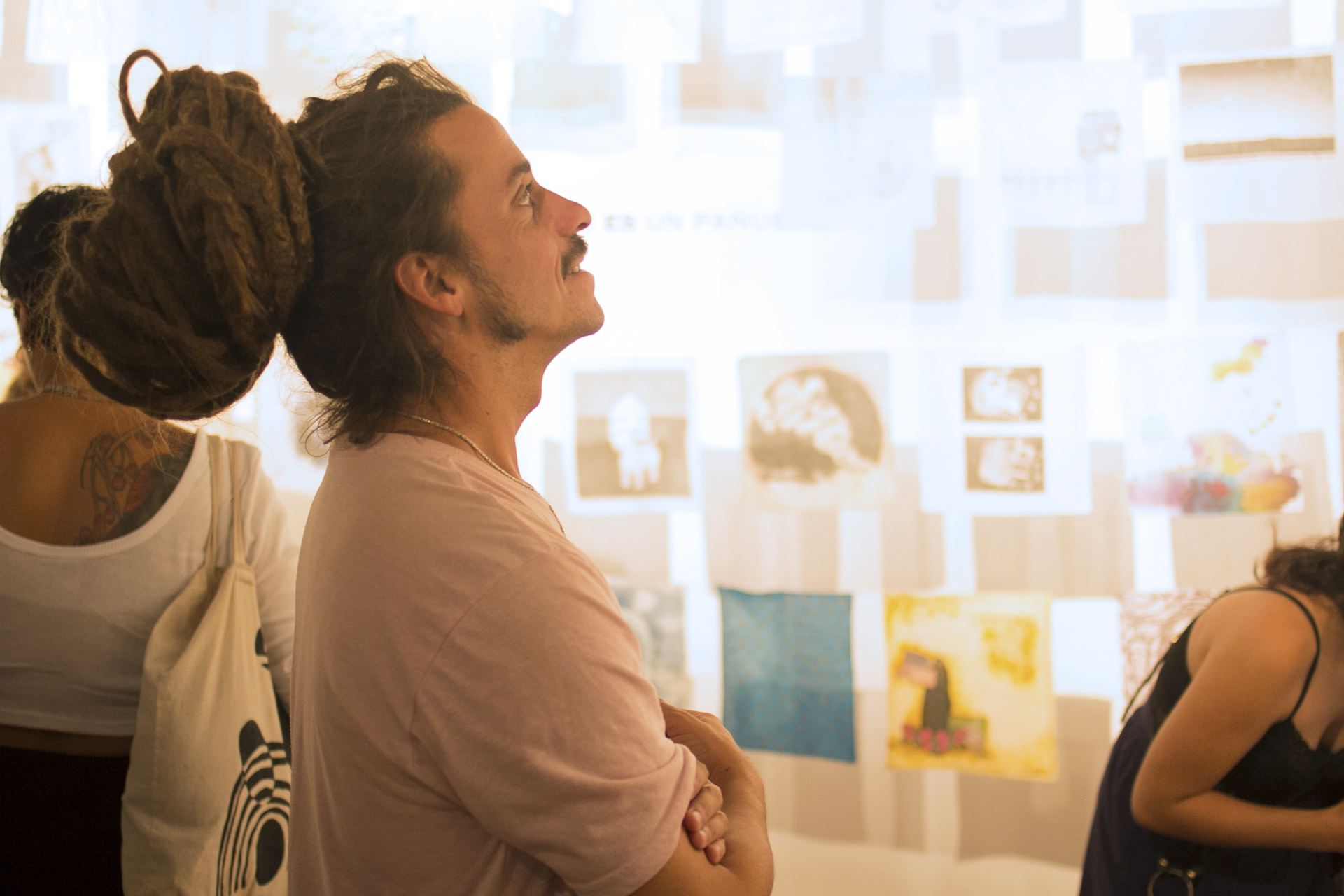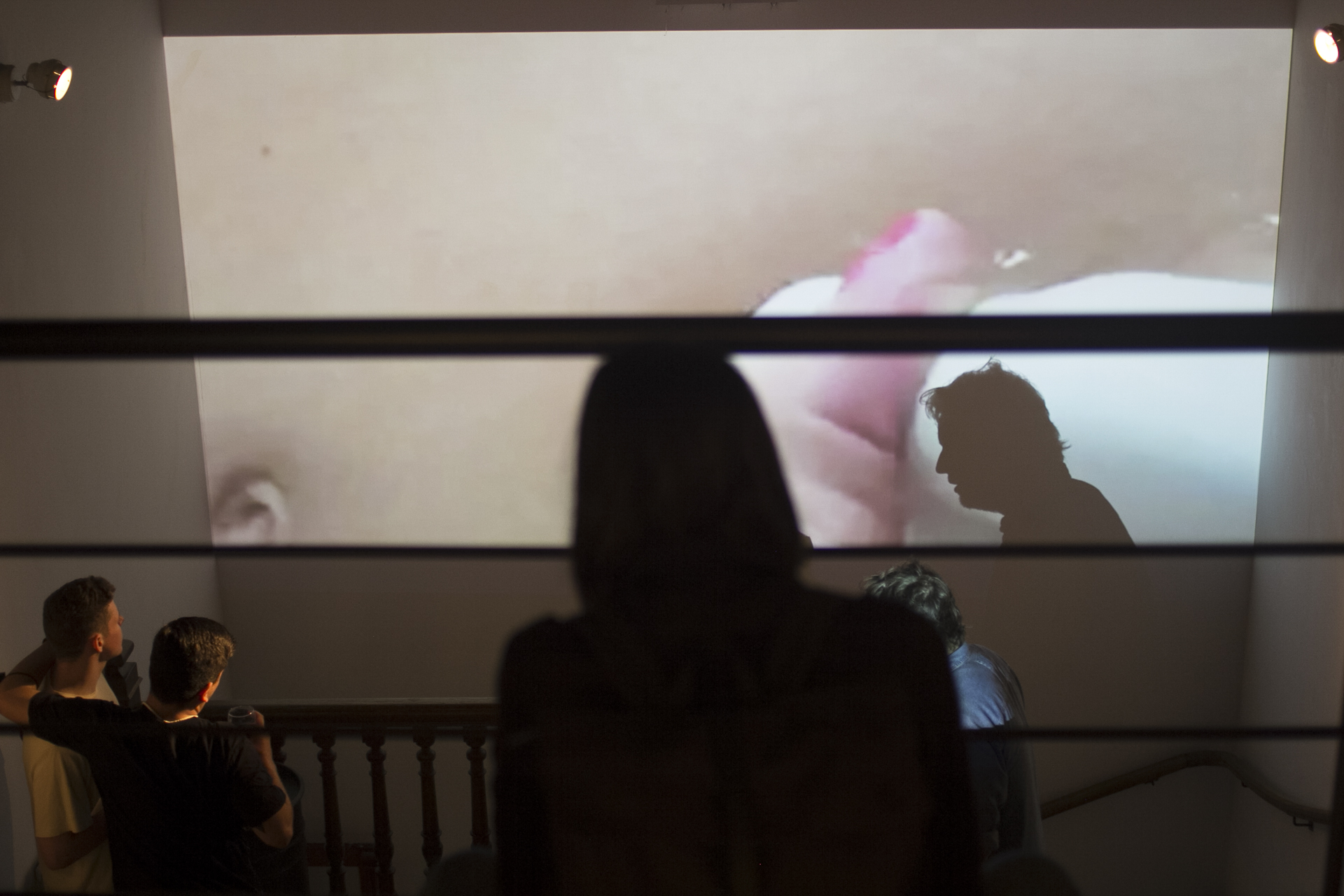Artists
Argentina
Romina Rosciano Fantino
#7: Cohabitar Fronteras
03.02.22 03.03.22
Visual artist, critic and future programmer. She graduated in Fine Arts from the National University of Tucumán, a Doctorate in Philosophy and Letters from the University of Buenos Aires, she is also an independent researcher and a secondary and higher level teacher. She asks herself questions –and tries to answer- about the social and its context, from a critical and analytical perspective. She is a founding member of TAViT (2020), she founded the JEIA (2015), CEPAC (2017), she was a member of sensotucuman.com and is Co-director of Linde Contemporánea. She has articles in local and national publications. Her artistic work was awarded in salons and competitions. As well, she was also a scholarship holder on different occasions of the National Fund for the Arts and the CIN, one of them took place in 2015 when she obtained the Scholarship from the FNA and the Ente de Cultura de Tucumán, for the course of the “Analysis Workshop of work and follow-up of projects in Visual Arts Crossroads of artists from Tucumán, Chaco and Corrientes” dictated by Pablo Siquier, Diego Figueroa, Sebastián Rosso in Argentina
ARTIST´S STATEMENT
My work moves in the universe of social objects -material and symbolic-, with an anthropological perspective: construction materials, old furniture, artifacts and appliances, waste and garbage generated by every community in our context of ruthless global capitalism. Looking at these “remains” allows me to show cracks in that system that appears to us as given and determined.
In these last almost two years I started a new line of work: tensions appear between tradition, collective memory, personal history and new perspectives in knowledge from feminisms and decolonization, as well as their effects on material reality. I incorporated work with my own body and elements from part of the culture and tradition that identify me but with which I am also -and have always been- in conflict, as I am also inquiring about global culture, to problematize them.
ABOUT COHABITAR FRONTERAS
I was in different training spaces, formal and outside the academic environment, as well as I was and am a teacher in different institutions. With all this experience I have to say that this residence was very good, well organized, it was evident that the contents proposed as triggers for our work were planned and prepared, and likewise the coordination group was always attentive and organized for all activities. Apart from that, they were always available and had a super friendly treatment, there were spaces for exchange and mutual listening, which is essential for any training experience. All of this made the experience worthwhile and allows you to fully concentrate on your work. Apart from all this, it was very important and nice to meet more artists, their works, and the Proyecto ‘ace team itself, which opens up possibilities for future projects
BIO
Romina Rosciano Fantino
1986 | San Miguel de Tucumán, Argentina.
Lives and works in San Miguel de Tucumán, Argentina.
STUDIES
2021 | Doctorate in “History and theory of the arts”, Faculty of Philosophy and Letters, University of Buenos Aires, Argentina
2018 | Graduated in Fine Arts, Faculty of Arts, National University of Tucumán, Argentina.
EXHIBITIONS
2021 | “Hay una historia. Ensayo primordial”, Tucumán, Argentina.
2020 | “El futuro fue un laberinto de Merton”, Buenos Aires, Argentina.
2017 | Pulsudo festival, Tucumán, Argentina.
2015 | XI Contemporary Art Hall of the MUNT” Tucumán, Argentina.
RESIDENCIES
2020 | “Rizoma Residence of La Paternal Project Space”, Buenos Aires, Argentina.
AWARDS
2014 | 2nd Mention at the “XLIII° Salon of Tucumán for the National Scope”, Tucumán, Argentina.
2012 | 3rd Prize at the “Logo Design Contest of the Argentine Conference on Medical Education”, Faculty of Arts, Tucumán, Argentina.
2008 | 1st Drawing Prize, at the “XXX° Lino Spilimbergo Hall”, Tucuman, Argentina.
OTHERS
2019 | National Fund for the Arts Creation Scholarship for the project “The coming of my kingdom”, Tucumán, Argentina
2019 | National Fund for the Arts Training Scholarship to carry out the “Rizoma” Residence of La Paternal Espacio Proyecto, Buenos aires, Argentina.

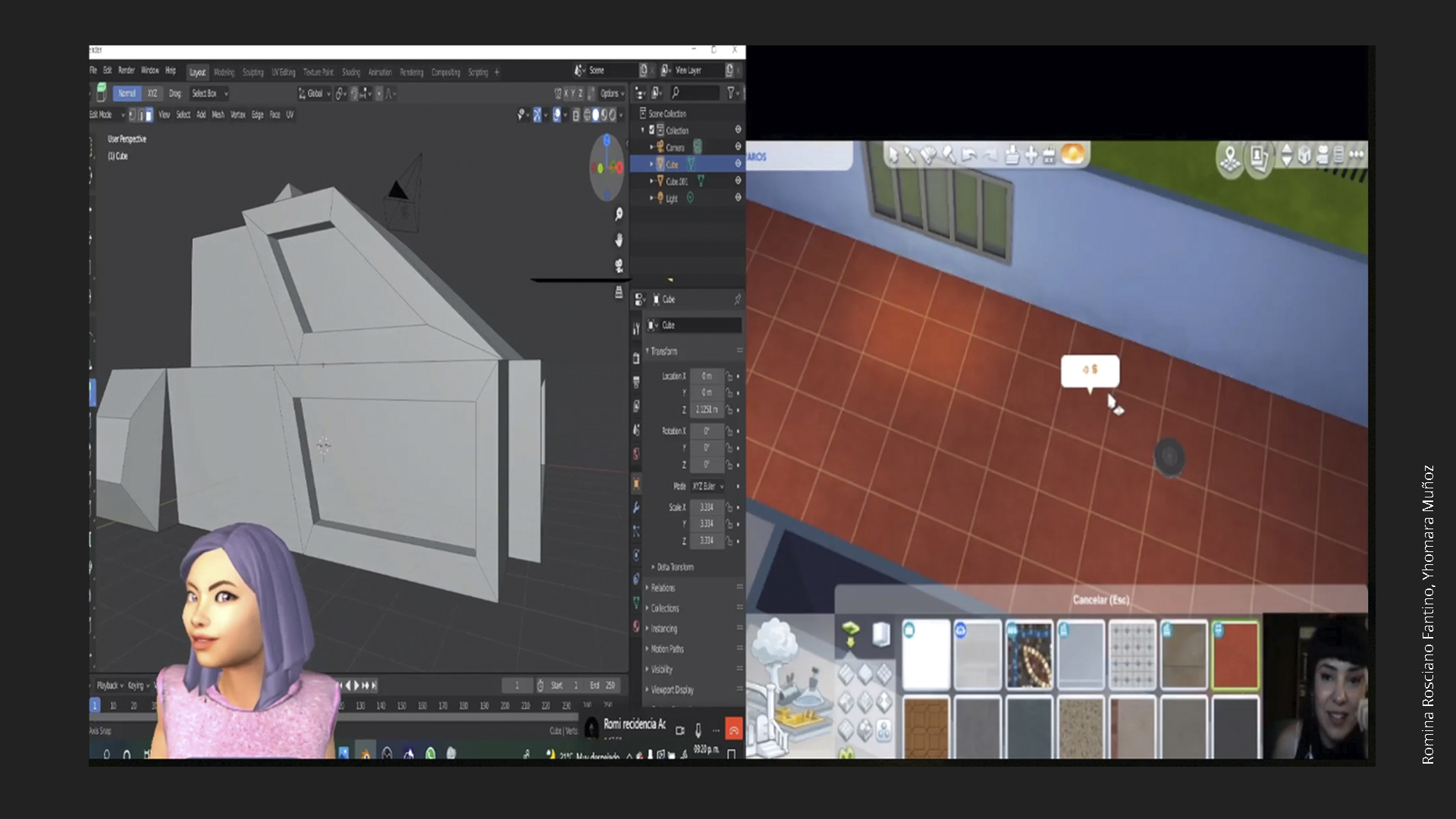
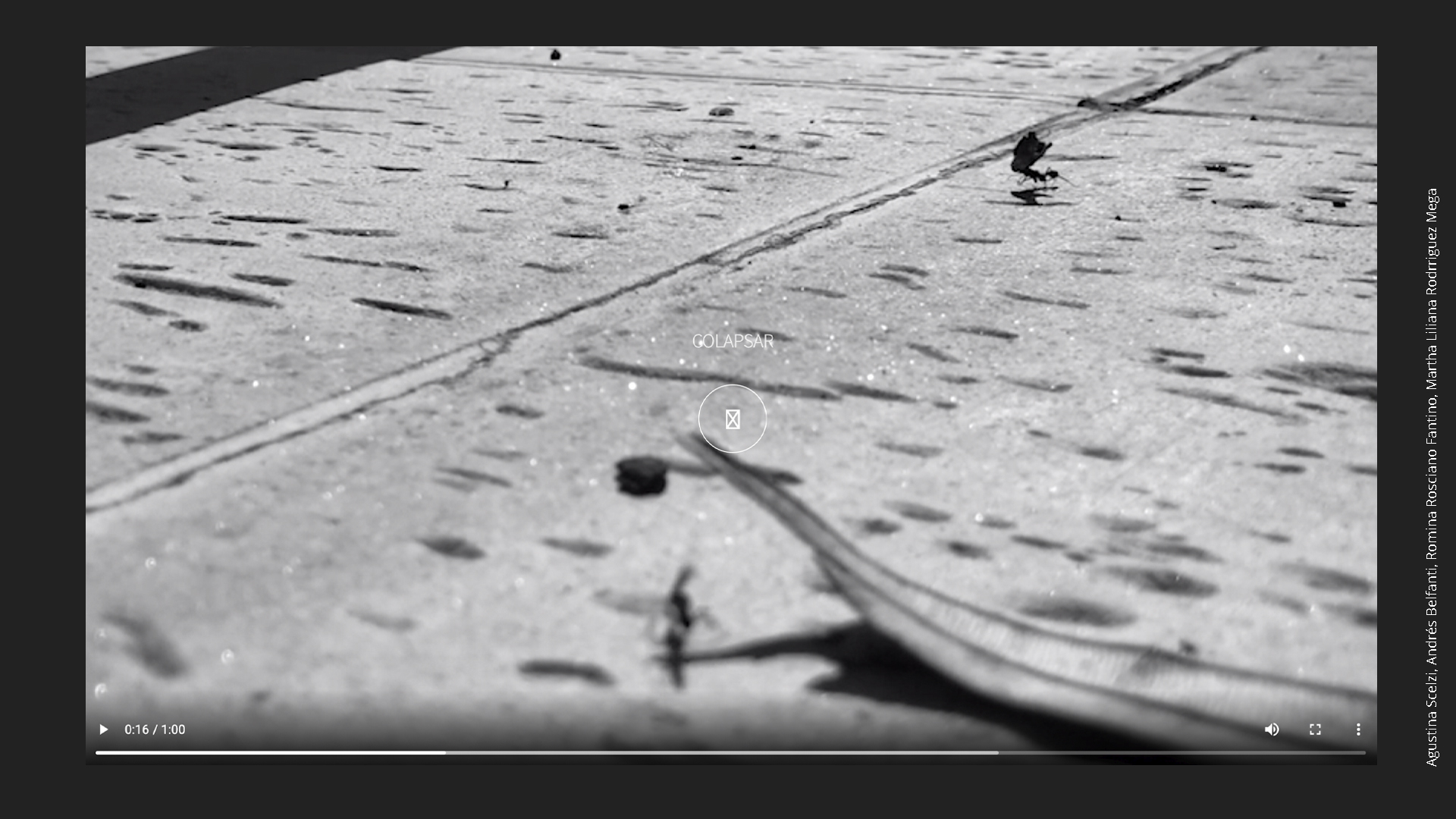
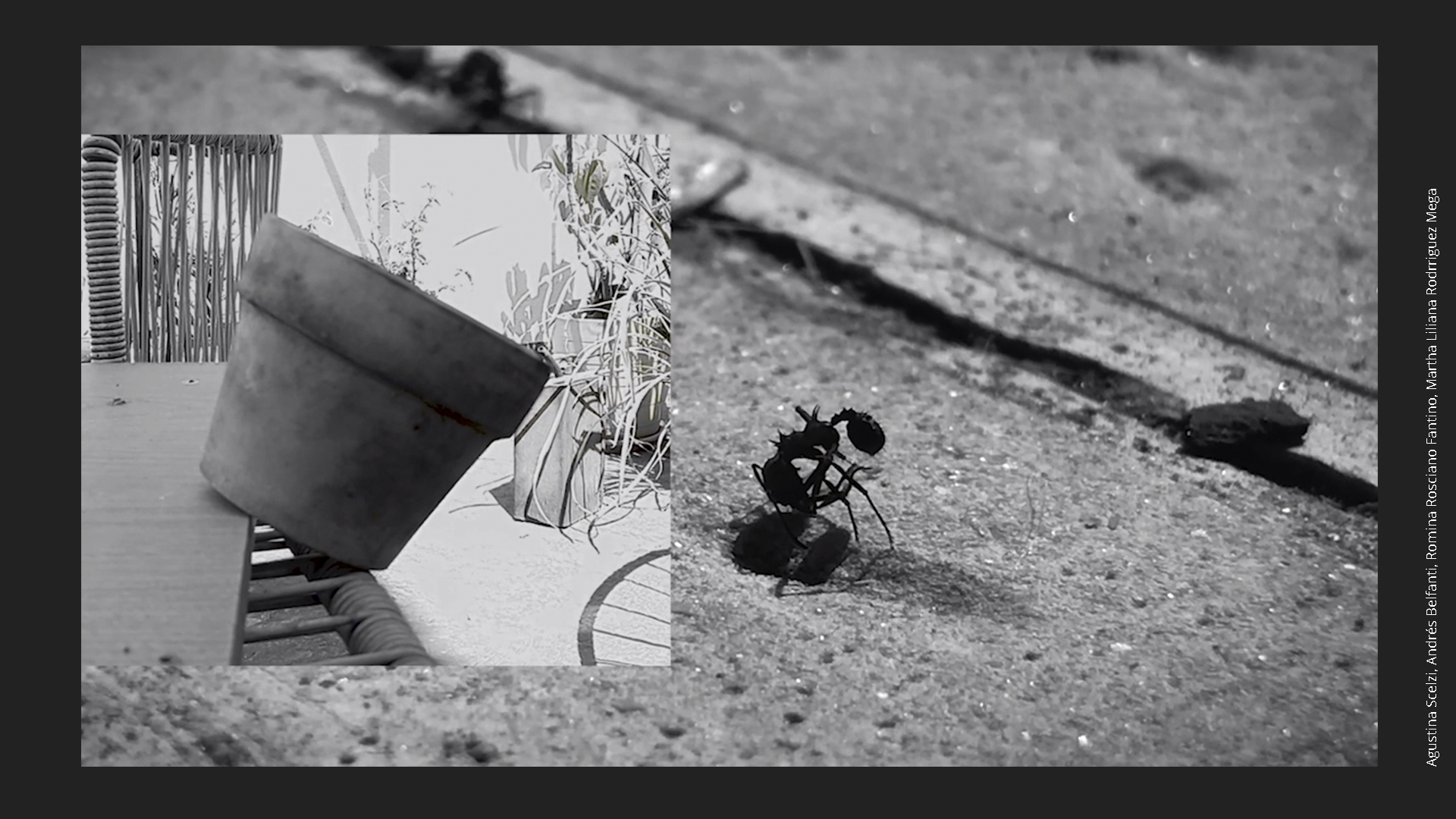
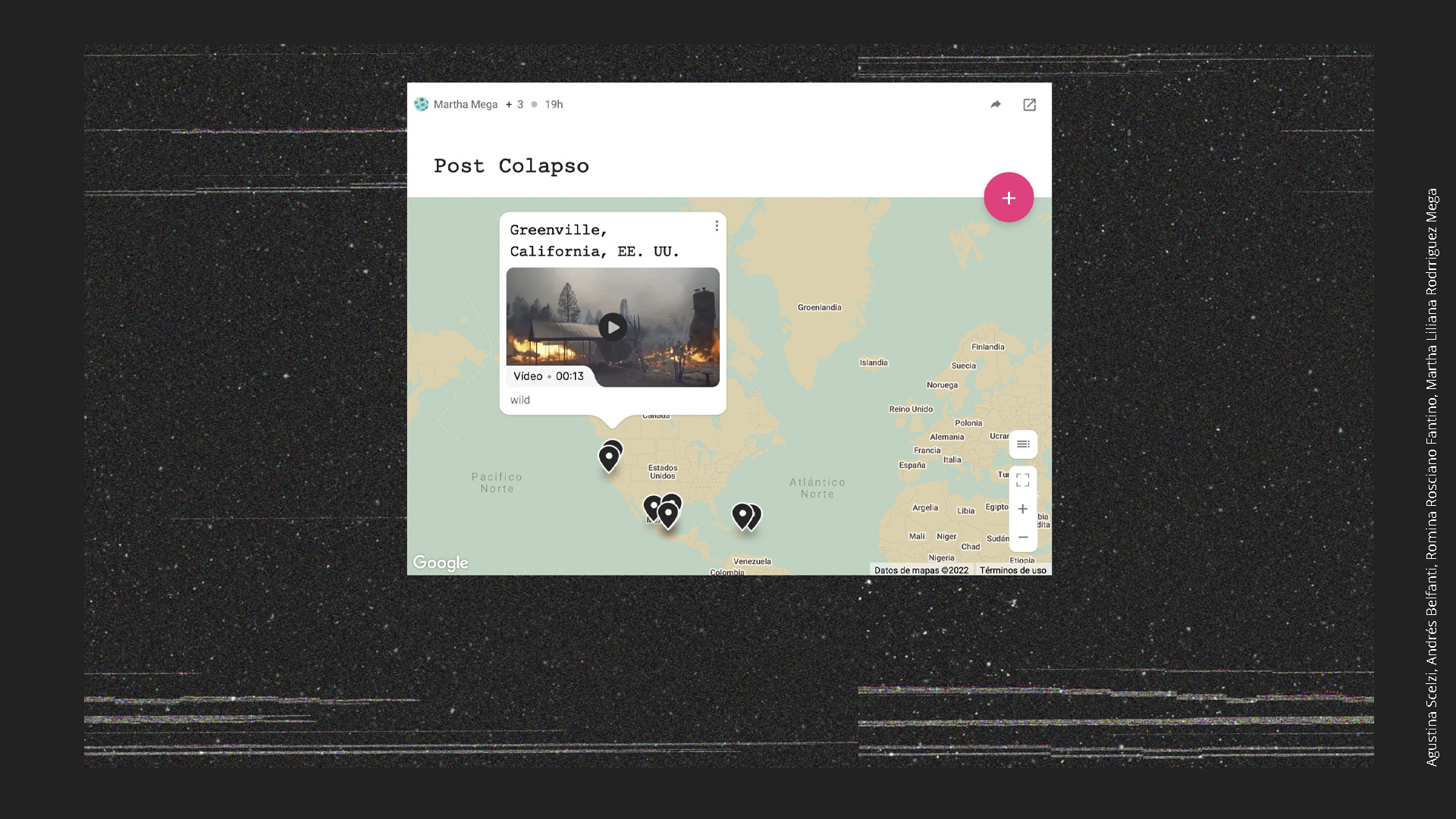
Related Activities
Fellowships, Together Apart
#7 | COHABITING BORDERS: results
Artists in dialogue
23.03.22
From cohabiting to collapsing, and vice versa, those were the movements and actions that we proposed from ‘ace for the seventh edition of Together Apart. We chose the title Cohabiting Borders with the intention of exploring the complexities that occur in the exchange of living together, and because we understand the meeting format of this program as an exercise in itself of cohabitation of a frontier: the border between our online and offline existence.
For this collective research, we also defined three axes that helped us review some possible strategies for cohabiting borders, these were: pointing frontiers, deprogramming frontiers, and metabolizing frontiers.
In this way, we were also able to observe different types of borders that contemporary artistic practices explore, from geopolitical, climatic, and technological borders, as well as the borders between forms of knowledge and methods of linking with the world.
The participating artists designed collaborative dynamics based on their areas and disciplines of knowledge but above all, opening themselves to the encounter with the experience of the other(s). In this way, great relevance was given to the exchange and the works generated from the reflection on the possible points of articulation between artists from very varied contexts.
In tune with the online environment of the program, many artists used that condition of “being connected” as an object and means of research, development and presentation of their works. They used streaming platforms such as Twitch and social media visual resources (Instagram filters) or video games. Also, several of Google's tools were used. In some cases these were useful to observe photographic records of artificially generated borders between countries (Google Street View) and in others, the artists resorted to them to point out the limiting or creative interactions that are possible between human knowledge and artificial intelligences. (Google translate). In turn, there were many proposals that involved leaving the online world towards an exploration of the environments where each artist was and the records of it through
photographs, videos and the creation of video-essays.
Moved from the beginning by the desire to understand borders as membranes rather than walls, during the month of work, the artists began collaborative creative searches that have led to visual exercises that will be presented at the ´ace Foundation on Wednesday March 23 and that in many cases, they will be ongoing investigations.
Related artists
FACILITATING TEAM
Daniela Ruiz Moreno (curator), Alicia Candiani (Director at ´ace) and Andrés Knob (Executive Coordinator at ´ace).
Assistant: Florencia Alborcen.
